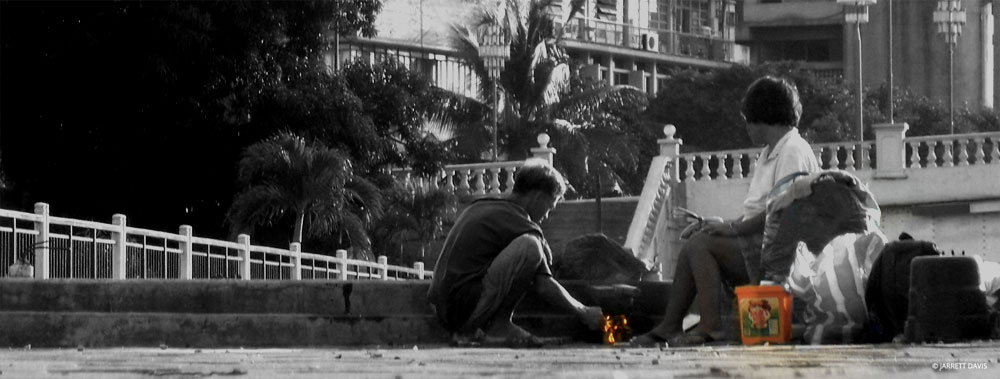Cambodian street-connected children & youth in Sihanoukville
Partnered with M’lop Tapang
This study, supported by up!, explored the experiences of street-involved children in Sihanoukville, Cambodia. Completed by Love 146 and M'lop Tapang, it interviewed 56 boys and 50 girls living and working on the streets or beaches. It revealed high susceptibility to violence: 60% of boys witnessed police violence and 22% experienced it directly; 39% of boys and 25% of girls reported sexual touching by adults; 23% of boys and 13% of girls engaged in survival sex for food or money; and 29% of boys used illegal drugs. The partner M'lop Tapang added night beach outreach and drug outreach in response. Though done first with boys, the girls' follow-up survey found even higher rates of sexual abuse among boys. These grassroots findings led to adapted services supporting these vulnerable children.

Research Overview
up! supported a survey on street living and working boys in Cambodia in, completed by Love 146 and the Cambodian organisation M’lop Tapang that works with street based youth in Sihanoukville. 56 boys were interviewed. A follow-up research with 50 girls was done after that by our partners. The average age of interviewed boys was 14.2 years old, and girls 12.89 years old.
This study revealed that children and youth working and/or living on the streets or beaches in Sihanoukville are highly susceptible to violence of different natures:
Police violence: 31% of girls and 60% of boys had witnessed verbal and/or physical violence by police officers, and 10% and 22% respectively stated that they had directly experienced violence from a police officer.
Sexual violence: 39% of boys and 25% of girls indicated having been sexually touched by adults. This only counts the number of children and youth that disclosed abuse during this study, so one can imagine that the number may actually be higher.
Commercial sexual exploitation/survival sex: boys seem particularly vulnerable to survival sex – 23% of boys and 13% of girls interviewed said they had already engaged in sexual activity in exchange for benefits, namely food (100% of girls and 89% of boys) and money (8% of boys).
Drug use: nearly one-third (29%) of boys took illegal drugs, mainly because of peer pressure (80%), cope with stress (13%) or addiction (7%). No girls said they were using drugs.
One main revelation for the partner organisation, M’lop Tapang’s team, was the very high rate of sexual abuse amongst the respondents. It also uncovered more in depth some of the personal stories of youth they were already working with, which enabled developing even more focused case management and support services for them.
This study was initially done with street-connected boys, but after seeing the benefit M’lop Tapang decided to complete the picture by undertaking a similar survey, with some adaptions to the questionnaire, with girls a few months later. This second research confirmed that the sexual abuse rate was actually higher amongst the boys than the girls. These studies led to some adaptions in M’lop Tapang’s services, in particular adding new night outreach near the beach bars frequented by tourists, as the organisation discovered “new” groups of boys that hung out at night that they hadn’t worked with previously. M’lop Tapang also added specific outreach services to new locations by their drug teams, as it appeared that a high proportion of these children and youth used drugs.
Read the full study
Peer reviewed version (2015; male and female sample)
Technical report (2014; male only sample)
